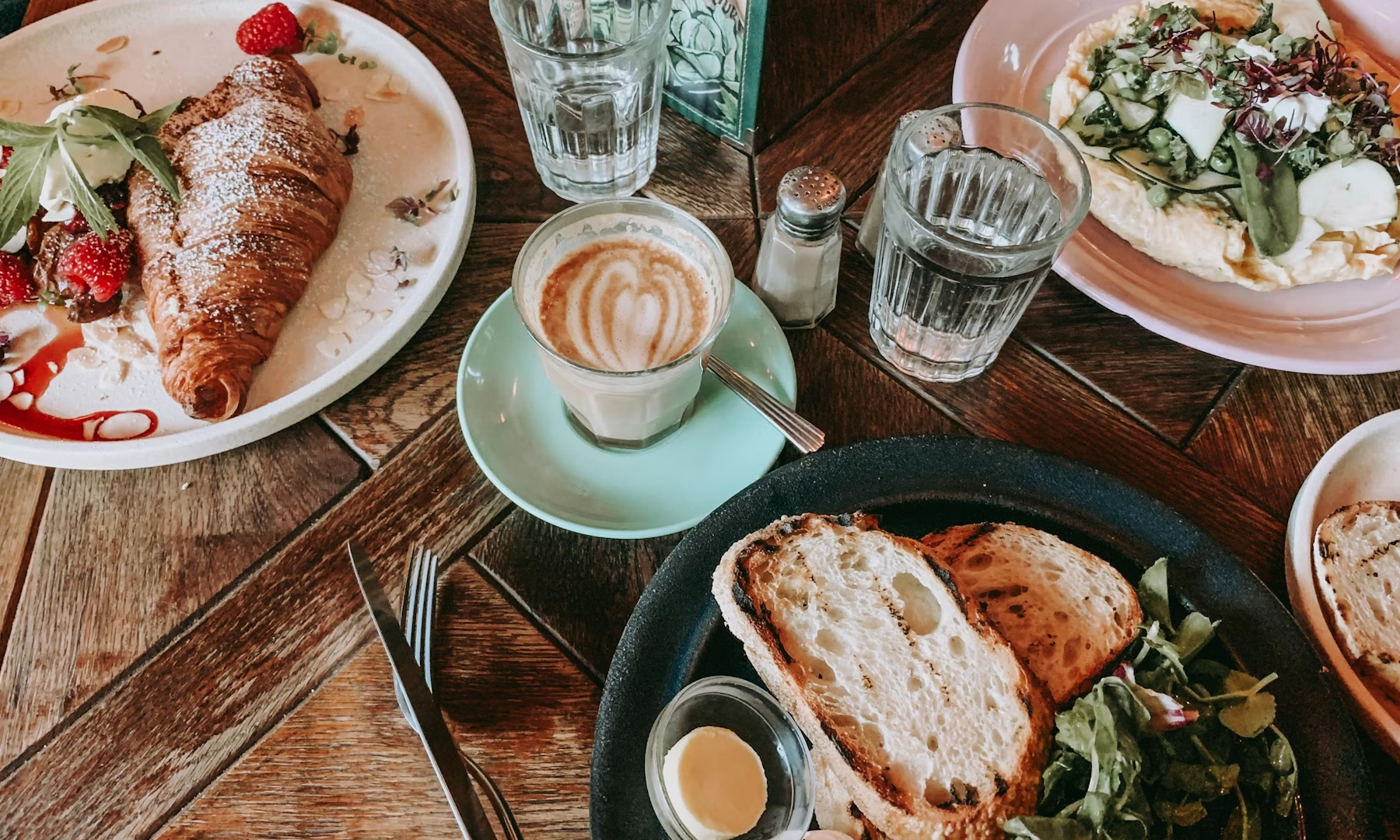The History of Brunch: Where Did It All Begin?

Brunch, that delightful hybrid meal combining the best of breakfast and lunch, has become a beloved weekend ritual for many. Whether enjoyed leisurely with friends or as a decadent solo treat, brunch is more than just a meal—it’s a social experience. But where did this popular tradition originate, and how has it evolved over time?
The Origins of Brunch
The term “brunch” is a portmanteau of “breakfast” and “lunch,” first appearing in print in an 1895 issue of Hunter’s Weekly. The article, titled “Brunch: A Plea,” was written by British writer Guy Beringer. Beringer proposed a Sunday meal that started late in the morning and continued into the afternoon, allowing for a more relaxed start to the day. His vision for brunch was not only to cater to those recovering from Saturday night festivities but also to create a sociable, cheerful meal that would lift spirits and promote good company.
Before Beringer’s formal naming, mid-morning meals resembling brunch were already enjoyed by various cultures. In the United Kingdom, the concept of a late-morning hunt breakfast was popular among the upper class. These meals, served after early morning hunting expeditions, included a spread of meats, eggs, pastries, and alcohol—remarkably similar to modern brunch offerings.
Brunch in America
Brunch crossed the Atlantic to the United States in the early 20th century, gaining popularity particularly in urban areas. The concept fit well with the changing American lifestyle, especially during the Jazz Age of the 1920s. Hotels and restaurants in major cities began to offer elaborate brunch menus, catering to the tastes of the sophisticated city dwellers and travelers.
The rise of the automobile in the 1930s further propelled brunch’s popularity. Families would take leisurely Sunday drives, often stopping for a late morning meal at roadside diners and restaurants. These outings made brunch a favored American pastime.
The Mid-Century Brunch Boom
Post-World War II, brunch’s popularity surged even more. The 1950s and 1960s saw a cultural shift towards more relaxed and casual dining experiences. The post-war economic boom allowed more families to dine out regularly, and brunch became an ideal weekend treat.
Restaurants began to innovate with their brunch menus, combining traditional breakfast items like eggs and bacon with lunch staples such as salads and sandwiches. The introduction of brunch cocktails like the Bloody Mary and the Mimosa added a festive and indulgent element to the meal, cementing its reputation as a leisurely weekend indulgence.
Modern Brunch: A Global Phenomenon
Today, brunch is a global phenomenon. It has become a cultural staple in many countries, with each region adding its unique twist. In the United States, cities like New York, Los Angeles, and Chicago are famous for their vibrant brunch scenes, offering everything from classic eggs Benedict to creative, Instagram-worthy dishes.
Brunch menus have also evolved to cater to contemporary dietary preferences. Vegetarian, vegan, gluten-free, and health-conscious options are now standard in many brunch spots. Additionally, the farm-to-table movement has influenced brunch offerings, with an emphasis on locally sourced, fresh ingredients.
The social aspect of brunch remains as important as ever. It is a time for people to gather, whether to celebrate special occasions, catch up with friends, or simply enjoy a leisurely meal. The flexibility and variety that brunch offers make it an enduring favorite.
Conclusion
From its 19th-century British origins to its status as a modern global culinary tradition, brunch has come a long way. It has adapted to changing lifestyles and tastes while maintaining its core appeal: a relaxing, enjoyable meal that brings people together. Whether you’re savoring avocado toast in a trendy café or indulging in a hearty buffet at a luxurious hotel, brunch continues to be a cherished ritual that celebrates both food and companionship.
